Slapping the gongs rhythmically and decisively, young artist Y Chum (21 years old, Xo Dang ethnic group) enthusiastically joins in the xoang dance with the young men and women of the Kon Ko Lok village Gong and xoang club, Dak Ha commune, Quang Ngai province (formerly Kon Tum ).
Recently, they participated in a performance program organized by the Vietnam Folk Arts Association in collaboration with the Vietnam Museum of Ethnology in Hanoi , to honor and promote four typical intangible cultural heritages of Vietnam recognized by UNESCO: Central Highlands Gong Cultural Space, Southern Amateur Music Art, Nghe Tinh Vi Giam Folk Songs and Bac Ninh Quan Ho Folk Songs.
Preserving the 'original DNA' of heritage
After the gong performance, the Kon Ko Lok village artisans stayed to take souvenir photos with domestic and foreign tourists.
Artisan Y Chum emotionally shared: “I feel very happy, joyful and grateful when the gong performance is so well received by the people of the capital and tourists . I wish to bring this art further to develop and preserve this cultural beauty of my village.”
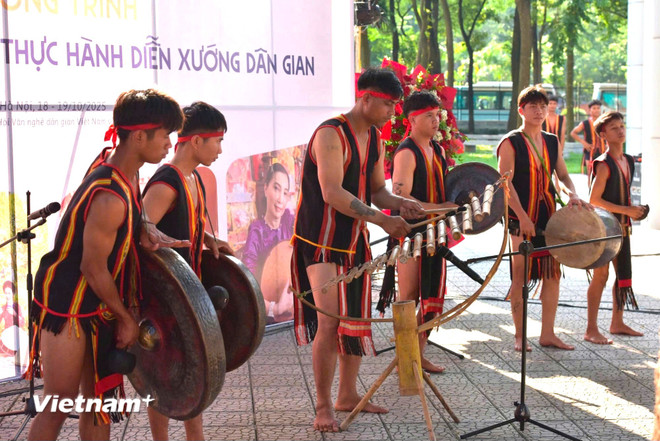
Also participating in the performance, young artist A Van (21 years old) said that when he was young, he was often taught to play gongs by adults. The more he learned, the more he loved the gong sounds of his people. Artist A Van also learned to sing folk songs and traditional musical instruments. The more he learned, the more deeply he felt attached to the folk art of the Xo Dang people.
“Now, besides going to work, performing with the uncles and aunts at festivals, performing for groups of guests… I also help the uncles and aunts teach the children. Seeing the children excitedly learning gong, I feel like I meet myself again,” artisan A Van expressed.
Mr. Tran Dinh Trung, Head of the Xo Dang ethnic folk artisans group, Kon Ko Lok village, said that folk culture, gongs, xoang… have permeated the souls of the Central Highlands people since the moment each child is born.
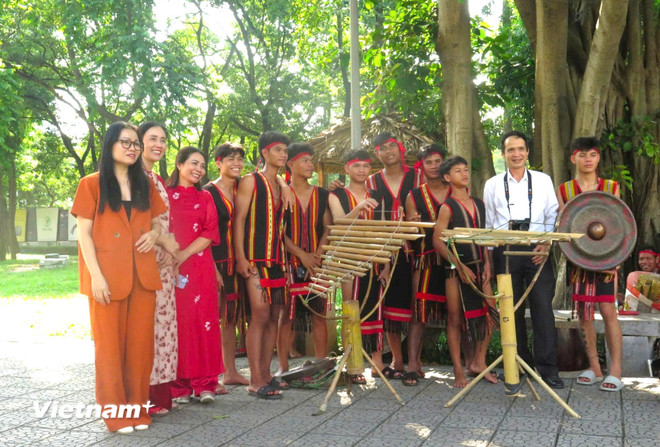
Gongs, xoang, and Central Highlands music are very close to the daily lives of the people. Therefore, the transmission of folk culture carried out from within the indigenous community, right in the cultural space of the Central Highlands ethnic people has many advantages, achieving positive results. The folk culture environment is maintained, allowing children to come into contact with and learn to perform gongs from a very early age, with some children starting to learn to perform gongs at only 6-7 years old.
From the perspective of the subject of heritage, artisan Tran Dinh Trung believes that the important issue is to preserve and conserve the 'gene code' of gong art in particular and folk culture in general. From there, the creation of new forms of performance, new spaces, new melodies... will not deviate from tradition but still be suitable for modern cultural life, creating the appeal of gongs and folk culture for the young generation.
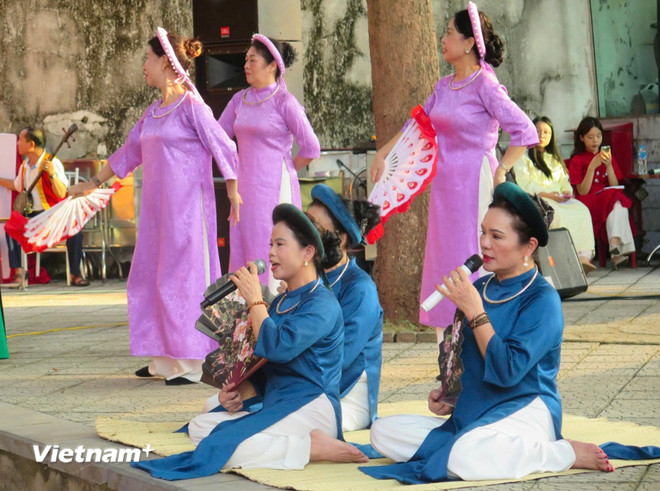
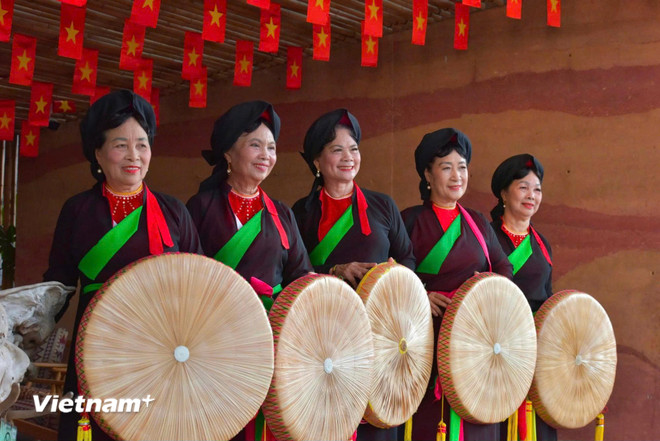
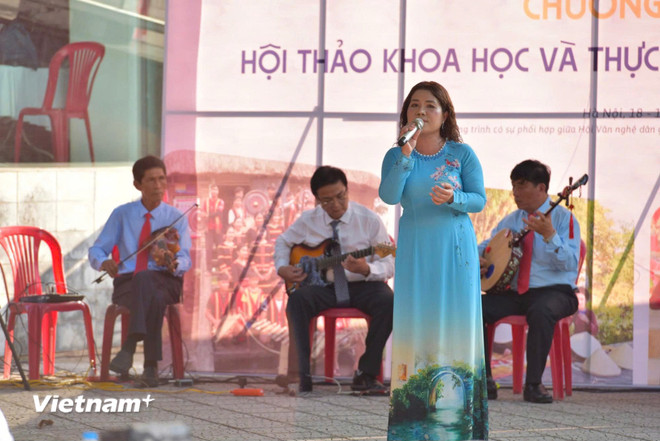
"In Kon Ko Lok village, there are artisans trained at art schools who have developed traditional melodies into new performances, still keeping the original colors but with new highlights, helping to reach a wider audience. The important thing is to maintain the foundation, the core DNA must be preserved in the cultural space," Mr. Tran Dinh Trung emphasized.
Applying heritage to cultural industry
In the context of global integration and development, performing arts become an important bridge between nations, providing opportunities to share, learn and honor traditional values as well as create new experiences.
This is an opportunity to affirm the role of the community, artisans and researchers in preserving, transmitting and promoting the value of this special cultural heritage of the nation, while spreading the message of joining hands to preserve and promote cultural heritage.
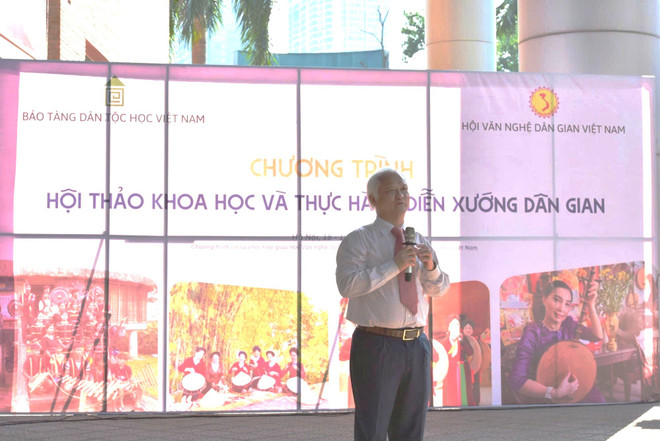
Professor-Doctor Le Hong Ly, Chairman of the Vietnam Folklore Arts Association, affirmed that performing folk culture is a vivid demonstration of the results of the process of collecting, researching and teaching that the Vietnam Folklore Arts Association has persistently carried out over the past many years.
This is also an opportunity to promote the preservation and promotion of national cultural identity, towards exploiting folk cultural values in the development of cultural and creative industries in Vietnam.
“The program at the Vietnam Museum of Ethnology opens an emotional journey of discovery through the country’s heritage sites. In a space rich in identity, the sound of gongs blends with folk songs, the sound of traditional music resonates among colorful costumes, creating a vivid picture of Vietnamese folk culture,” said Mr. Le Hong Ly, emphasizing the hope that similar programs will take place at the Museum.
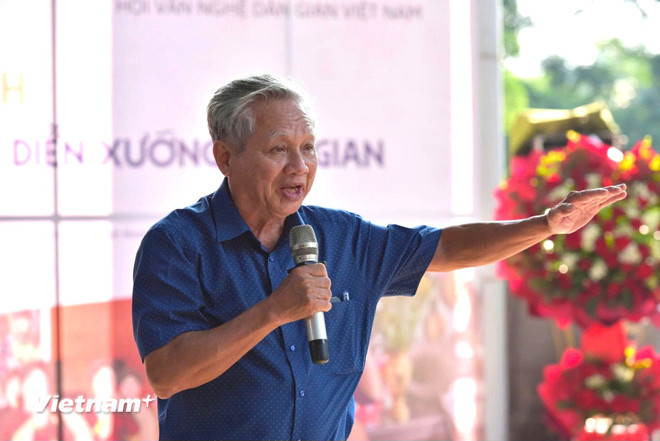
Discussing ways to preserve heritage, Associate Professor - Doctor Nguyen Xuan Duc, Standing Member of the Vietnam Folk Arts Association, said that preservation is reviving national cultural heritage.
“National culture has many different forms and types. Vietnam’s folk culture is very broad, including intangible and tangible culture, and it needs to be preserved and its values promoted in the new life. To preserve it, we need to find out what needs to be preserved and what needs to be changed to adapt to the times,” said Mr. Nguyen Xuan Duc./.
Source: https://www.vietnamplus.vn/ton-vinh-di-san-unesco-khi-am-nhac-cua-dong-bao-dan-toc-hoa-nhip-thoi-dai-post1072006.vnp




![[Photo] President Luong Cuong holds talks with South African President Matamela Cyril Ramaphosa](https://vphoto.vietnam.vn/thumb/1200x675/vietnam/resource/IMAGE/2025/10/23/1761221878741_ndo_br_1-8416-jpg.webp)
![[Photo] Prime Minister Pham Minh Chinh chairs meeting on railway projects](https://vphoto.vietnam.vn/thumb/1200x675/vietnam/resource/IMAGE/2025/10/23/1761206277171_dsc-9703-jpg.webp)

![[Photo] Prime Minister Pham Minh Chinh meets with South African President Matamela Cyril Ramaphosa](https://vphoto.vietnam.vn/thumb/1200x675/vietnam/resource/IMAGE/2025/10/23/1761226081024_dsc-9845-jpg.webp)



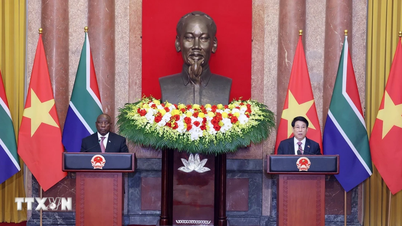
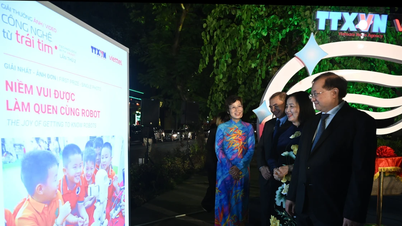
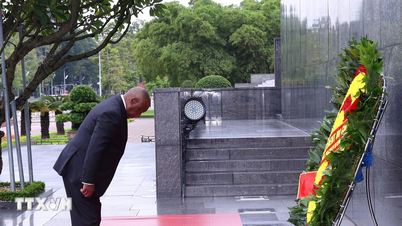
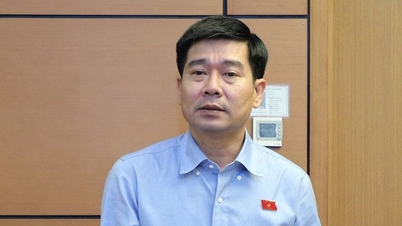

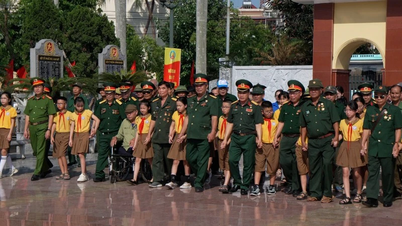

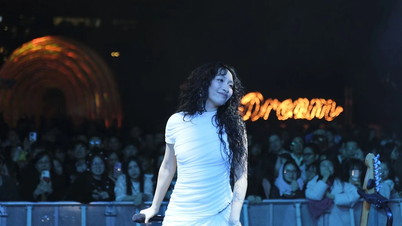
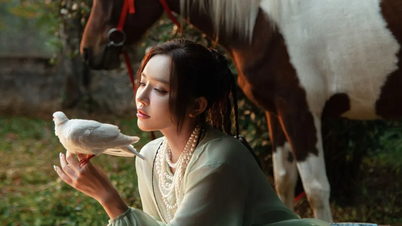

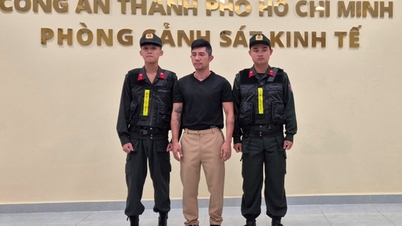






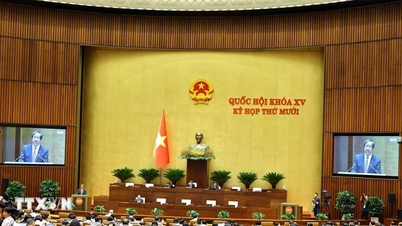



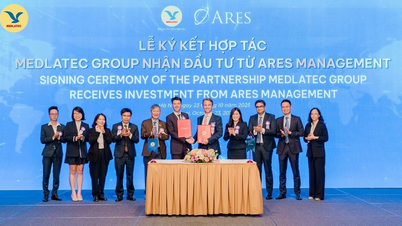
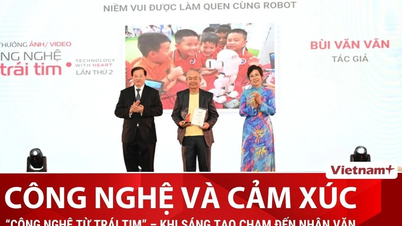











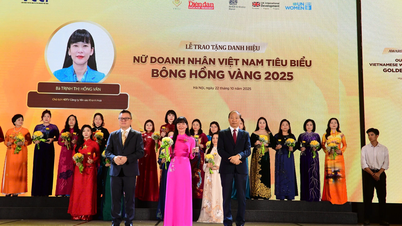

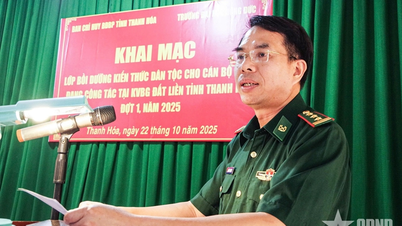



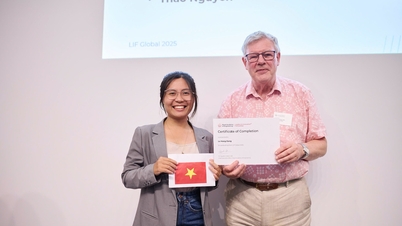





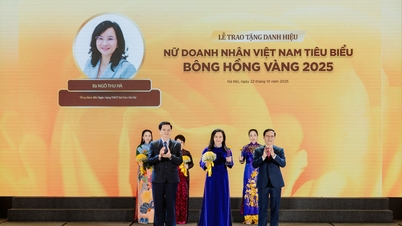

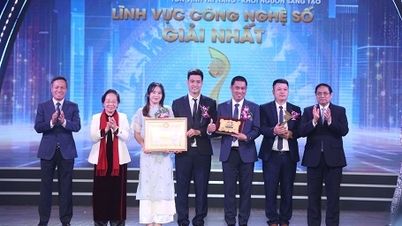











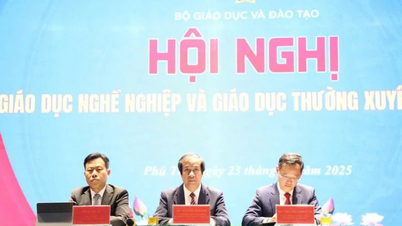
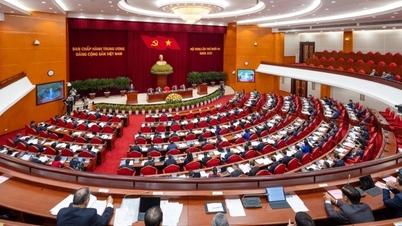

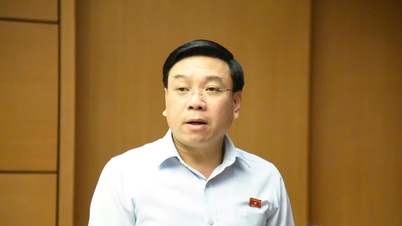

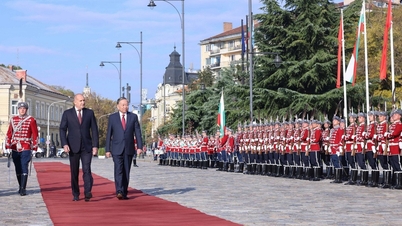

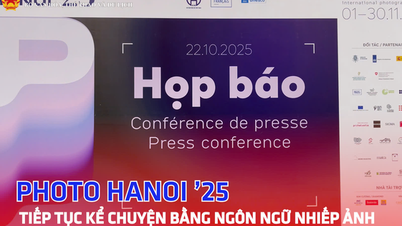


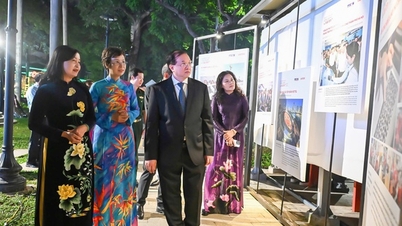

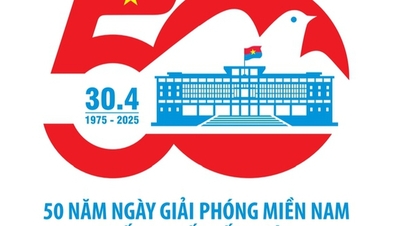
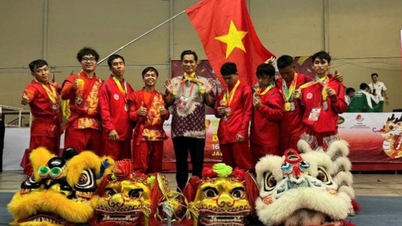
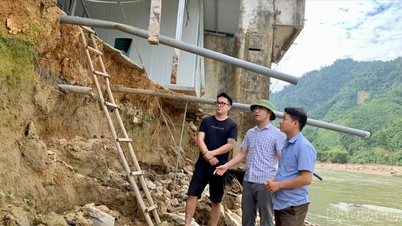

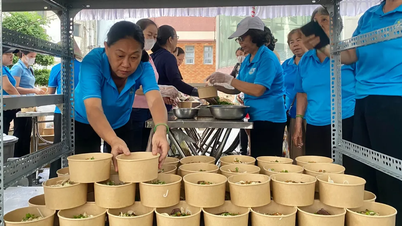
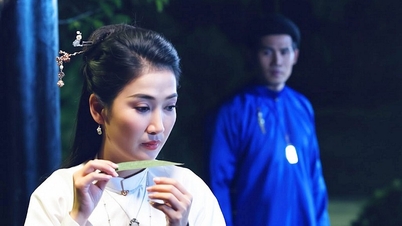

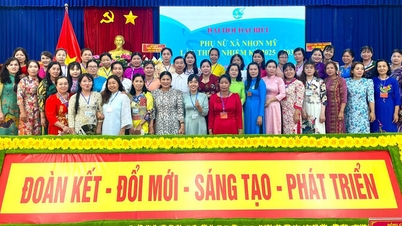















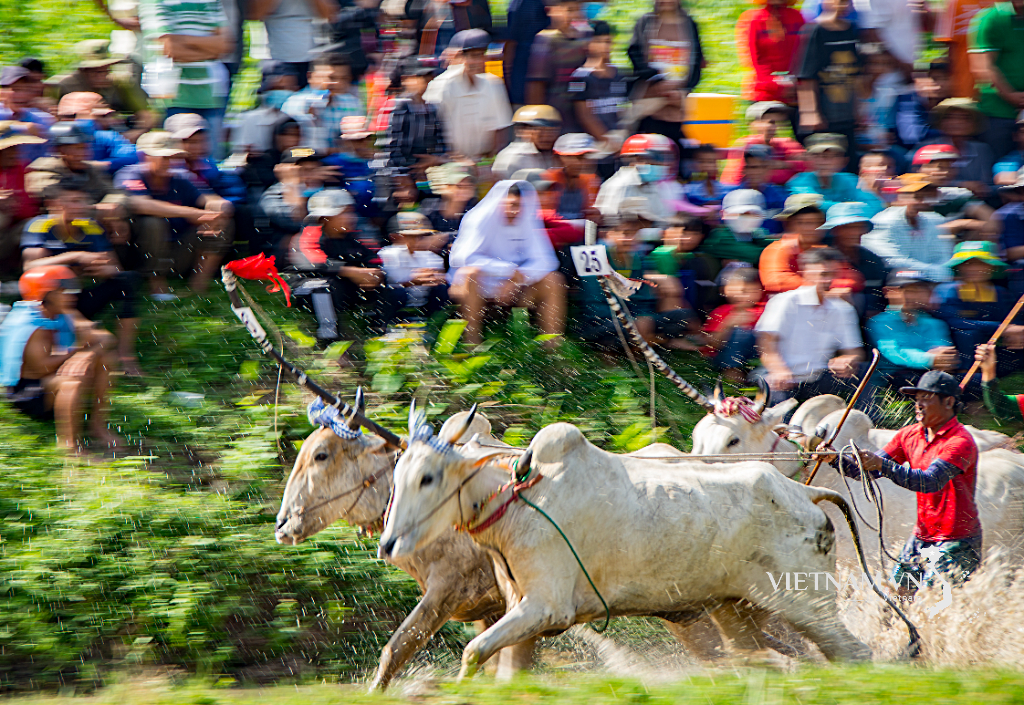


Comment (0)